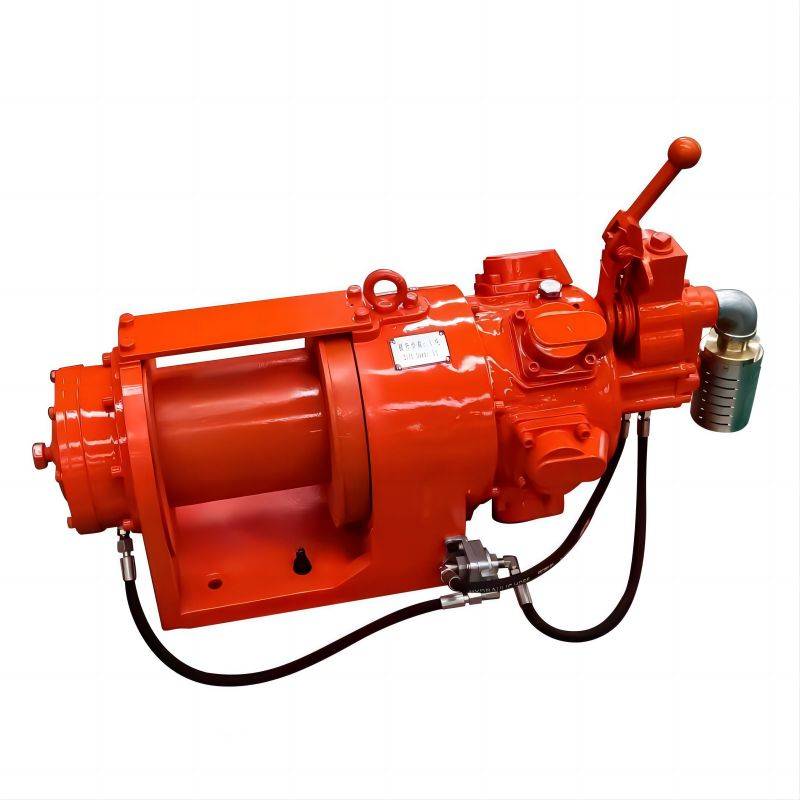
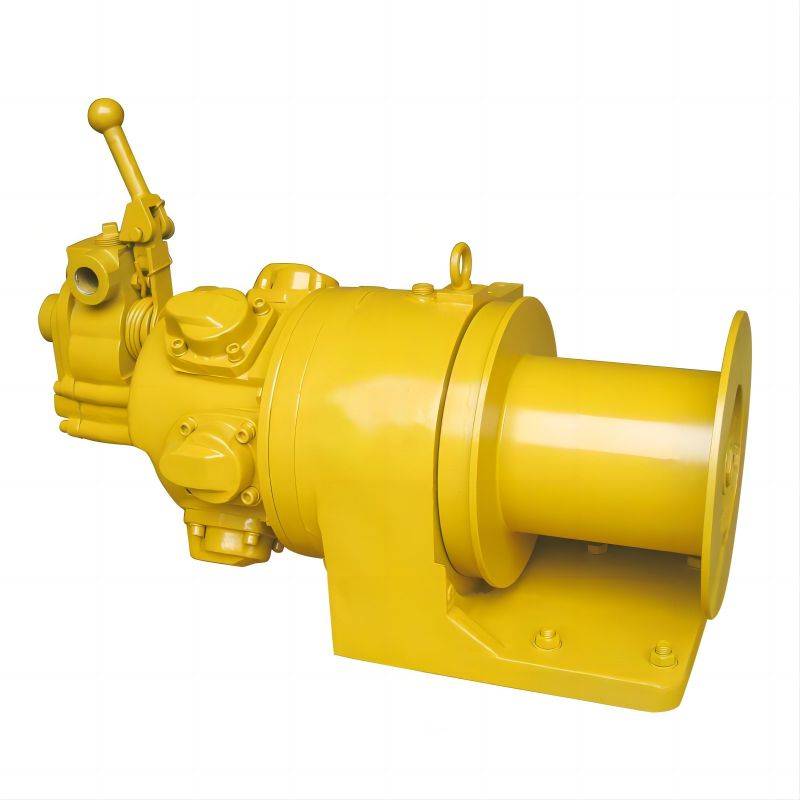
Imagine your vehicle is stranded in rough terrain, with its axles sunk in the mud, and no help is in sight.
Or imagine yourself at a construction site, where the next phase of the project depends on lifting huge beams into place.
In both cases, there is a hero who stands between success and stagnation: Winch.
This comprehensive guide to winches in 2024 will demystify this indispensable tool, whose strength and mechanics are critical to conquering the impossible.
Whether you’re an experienced off-road enthusiast, sailing enthusiast, or construction professional, understanding the power and mechanics of a winch will change the way you complete heavy-duty tasks.
So buckle up as we embark on a journey to discover the inner workings, purpose and uses of the modern winch, the unsung powerhouse in a world that continues to push the boundaries of what is possible.
What Is A Winch?
Imagine you find yourself in a situation where you need to haul something heavy, whether it’s a fallen tree blocking the road, a boat that needs to be moved to a trailer, or a vehicle that’s stuck in the mud. In this case, human power alone is not enough.
At this moment, a winch is needed.
So, what is a winch?
A winch is an extremely powerful and versatile device designed to pull, lift, or adjust the tension of a heavy object through mechanical capabilities. A winch consists of a spool and an attached hand crank or motor that reels in rope, cable, straps, or chains to move heavy objects easily.
Different Kinds of Winch
When you delve into the world of winches, you’ll find that these powerful devices come in a variety of styles, each with their own set of features and specialized applications. From the rugged terrain encountered by off-road enthusiasts to the dangerous decks of marine vessels, winches play a key role in managing heavy loads with precision and reliability.
Whether you need powerful, complex control or suitable for hazardous environments, there is a winch to meet those specific requirements.
– Powered by a vehicle’s battery or an external power source.
– Convenient for off-road recovery and utility tasks.
– Easy to install and operate with a push-button controller.
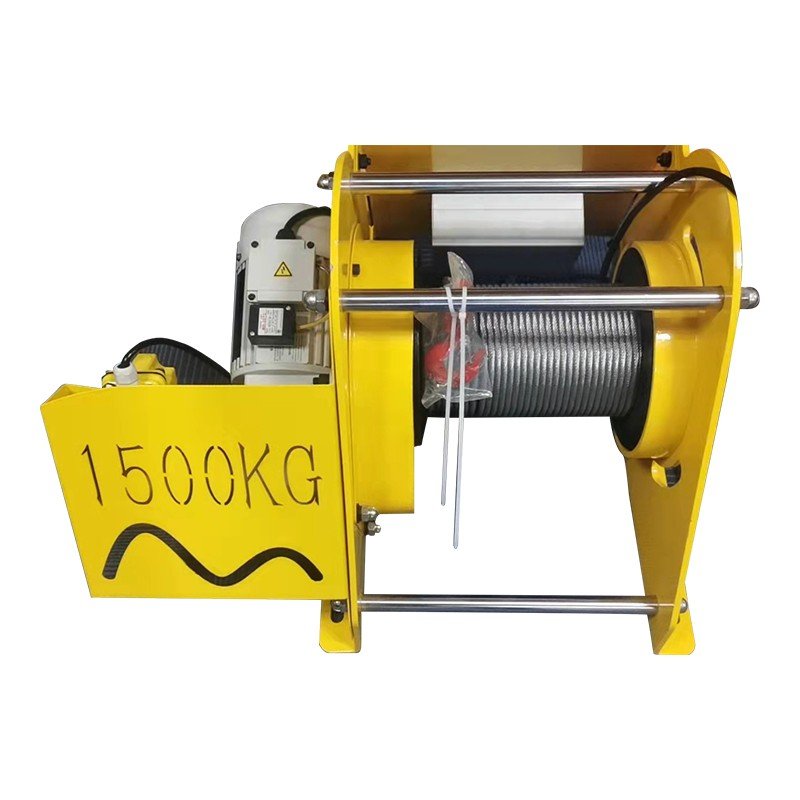
– Driven by a vehicle’s power steering pump or a dedicated hydraulic system.
– Offer sustained pulling power for heavy-duty applications.
– Ideal for continuous use in harsh conditions.
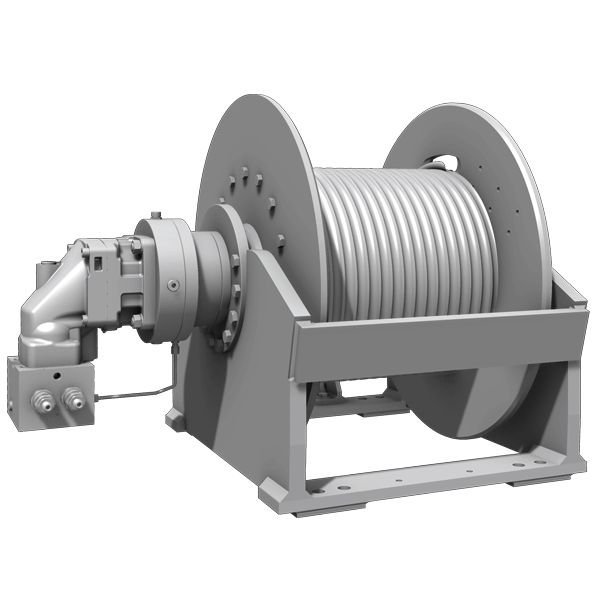
– Operated by hand using a crank or lever.
– Portable and do not require a power source.
– Suitable for light loads and occasional use.
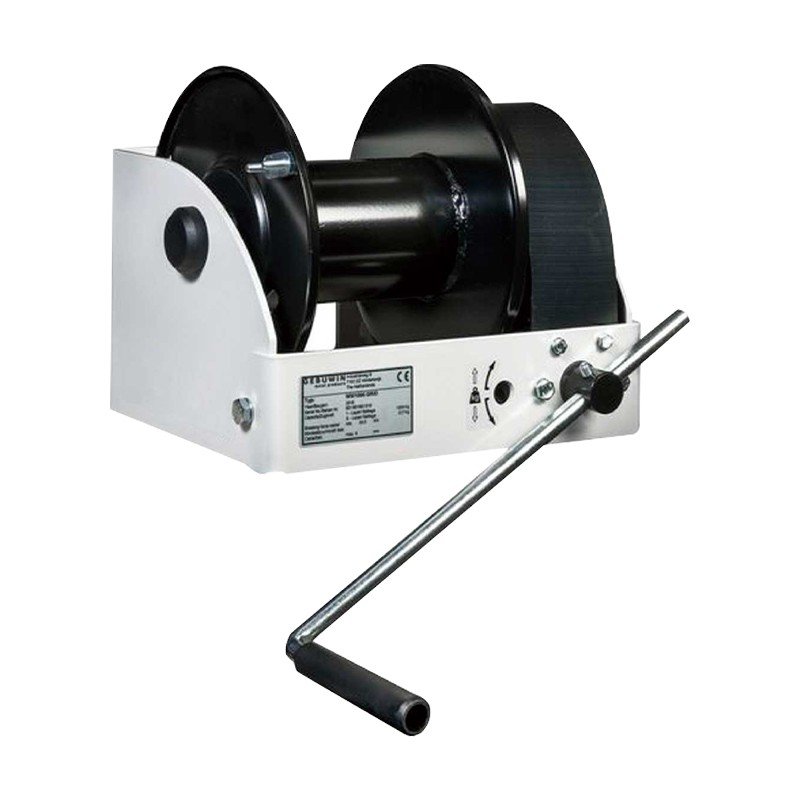
– Powered by compressed air from an air compressor.
– Safe for use in explosive or flammable environments.
– Commonly used in industrial and marine applications.
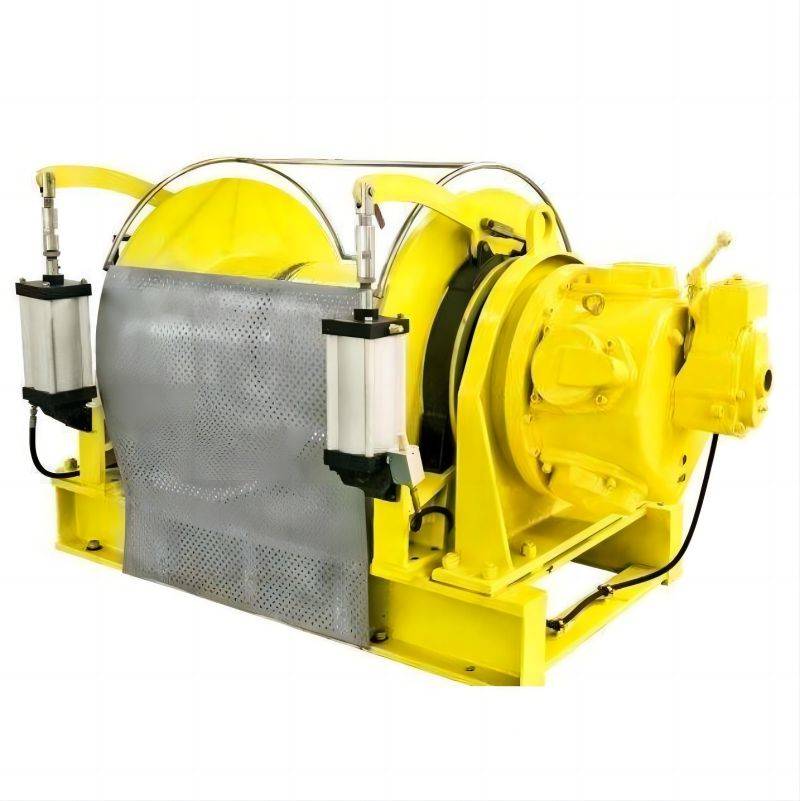
– Feature a vertical drum design for controlled handling of rope.
– Primarily used in marine settings for anchoring and mooring.
– Provide consistent tension and speed control.
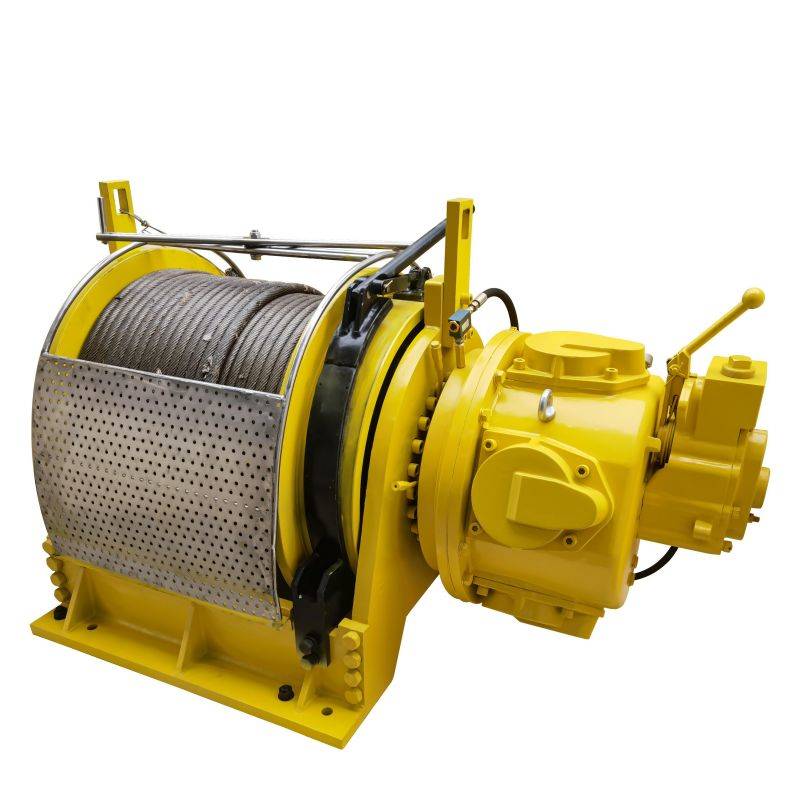
Each type of winch offers unique advantages and is designed to perform optimally in specific situations. When choosing a winch, it’s important to consider factors such as the environment of use, the nature of the load, and the availability of power sources to ensure you select the right winch for your needs.
Next, let’s take a closer look at how a winch works?
Read on.
How Does A Winch Work?
Have you ever marveled at the sight of a stranded vehicle being effortlessly pulled from a ditch or a massive tree trunk hoisted with apparent ease? What might appear to be a feat of Herculean strength is actually the work of a winch, a device whose clever design magnifies force and tames the heaviest of loads.
But how exactly does this remarkable tool turn a seemingly impossible task into a manageable one?
The secret to a winch’s might lies in its core components. When you initiate the winch, be it through the determined turn of a manual crank or the press of a button that powers up an electric, hydraulic, or pneumatic motor, you set in motion a sequence of mechanical precision. The drum at the center of the winch begins to rotate, and as it does, the cable or rope wound around it starts to wrap or unwrap, depending on the direction of the pull. This action shortens the active length of the cable, gradually drawing the object toward the winch.
But what about the heavy lifting?
Studies in mechanical physics reveal that the true power of a winch comes from its gear train, a series of interlocking gears that multiply the force applied, allowing the winch to move objects several times heavier than what human strength could manage alone. This gearing system not only amplifies power but also provides the user with precise control over the load.
The result is a controlled and steady movement that can be adjusted as needed, ensuring safety and efficiency.
So, next time you witness a winch in action, remember that it’s not just brute force at play. It’s a symphony of physics, engineering, and design working together to conquer gravity and friction, making the winch a true powerhouse in lifting and pulling applications across the globe.
Isn’t it fascinating how such a compact device can wield such immense power?
How to Use A Winch(Step By Step Guide)
After reading this, are you eager to use a winch in your industry?
Don’t worry, I’ve also prepared a tutorial for you on how to use a winch.
Read on and you’ll learn more.
Using a winch is a multi-step process that requires attention to safety and proper technique. Below is a step-by-step guide on how to use a typical electric winch, often found on off-road vehicles:
1.Read the Manual: Before using a winch for the first time, familiarize yourself with its operation by reading the user manual.
2.Inspect the Winch: Check the winch, remote control, cable, and hook for any signs of damage or wear. If any part is damaged, do not use the winch until it is repaired or replaced.
3.Wear Safety Gear: Put on gloves to protect your hands from wire splinters or abrasions, and ensure that you and any bystanders are wearing appropriate safety gear.
4.Identify an Anchor Point: Choose a strong, stable object that can serve as an anchor point, such as a tree, rock, or another vehicle. The anchor point must be capable of withstanding the load.
5.Attach the Winch Line: If you are using a tree as an anchor, protect it by using a tree strap. Wrap the strap around the tree and attach the winch hook to the strap’s loops. If connecting to another vehicle, use appropriate attachment points designed for recovery operations.
6.Disengage the Clutch: Disengage the clutch on the winch to allow you to pull the cable out freely. This is usually done by turning a knob or lever on the winch.
7.Unspool the Cable: Pull out enough cable to reach the anchor point. Do this by hand, walking the cable out to prevent kinks or tangles.
8.Engage the Clutch: Once the hook is attached and the line is properly routed, engage the clutch to lock the winch drum in preparation for pulling.
9.Power Up: Start the vehicle’s engine to ensure the winch has enough electrical power and to prevent the vehicle’s battery from draining.
10.Stand Clear: Make sure everyone is at a safe distance from the cable and the winch. Never step over the cable, and ensure that no part of your body is in line with the cable in case it snaps.
11.Begin Winching: Use the remote control to start winding the cable back onto the drum. Do this slowly and steadily. Keep the cable under slight tension at all times to prevent it from tangling.
12.Monitor Progress: Watch the winch and cable closely as you operate the winch. If you notice any issues, stop immediately.
13.Pause if Needed: If the winch motor starts to overheat or if the operation is taking longer, pause to let the winch cool down.
14.Stop Winching: Once the load is moved to the desired location or your vehicle is unstuck, stop winching. If your vehicle was the one being recovered, ensure it is now safely parked with the handbrake engaged.
15.Detach the Cable: Carefully disconnect the hook from the anchor point and remove any rigging equipment like straps or shackles.
16.Spool the Cable: Re-engage the winch (if it was disengaged) and use the remote to slowly wind the cable back onto the drum. Ensure that the cable winds evenly and without any slack.
17.Secure the Hook: Once the cable is fully retracted, secure the hook to a designated point on your vehicle.
18.Disengage and Power Down: Disengage the winch clutch (if applicable) and turn off the vehicle’s engine.
Remember, every winch is different, and you should always follow the specific instructions for your winch model. Safety should be your top priority, so take your time, and do not rush the process. If you’re not confident in using a winch, seek professional training or assistance.
How to Mount A Winch on A Trailer
Mounting a winch on a trailer is a practical upgrade that can significantly enhance the trailer’s utility, making it easier to load and unload heavy items. Here’s a step-by-step guide on how to mount a winch on a trailer:
- Select the Right Winch and Mounting Kit:
Choose a winch that has the appropriate weight capacity for the loads you intend to pull. Ensure that the winch comes with a compatible mounting kit or purchase one separately. The mounting kit should include a mounting plate or bracket designed for trailer use. - Choose the Mounting Location:
The winch should be mounted at the front of the trailer, typically centered for even distribution of the load. The location should be on a flat, stable surface where the winch can operate without obstruction. Make sure the winch’s cable can reach the full length of the trailer bed when extended. - Prepare the Mounting Surface:
Clean the area where the winch will be mounted. If necessary, reinforce the mounting surface with additional metal plating or framing to ensure it can handle the winch’s force without bending or breaking. - Align the Mounting Plate:
Place the mounting plate on the selected spot and align it properly. Mark the locations of the mounting holes onto the trailer’s surface. - Drill Mounting Holes:
Using the marks as a guide, drill holes through the trailer’s surface. These holes should match the size of the bolts that will secure the winch’s mounting plate. - Secure the Mounting Plate:
Place the mounting plate over the drilled holes and secure it using the appropriate bolts, nuts, and washers. Tighten all hardware to ensure the plate is firmly attached to the trailer. If your winch came with a fairlead, mount it in accordance with the manufacturer’s instructions. - Install the Winch:
Position the winch on the mounting plate, aligning its mounting holes with those on the plate. Secure the winch to the plate using the provided bolts and hardware, and tighten them to the manufacturer’s specifications. - Wire the Winch:
Connect the winch’s power and ground wires to the appropriate power source, typically the towing vehicle’s battery or a separate battery installed on the trailer. Ensure all wiring is properly insulated, secured, and routed to prevent damage or accidental disconnection. - Test the Winch:
Before using the winch, test it to ensure it operates correctly. Check the winch’s cable or rope for proper alignment on the drum and ensure the winch can pull a load without any issues. - Safety Check:
Review all mounting hardware and electrical connections periodically to ensure they remain tight and free from corrosion or damage.
Remember to always follow the winch manufacturer’s instructions and safety guidelines during installation and use. If you are not confident in your ability to mount the winch safely, consider hiring a professional to perform the installation. Proper mounting and maintenance are crucial for safe and effective winch operation.
What is a winch- FAQS
Q: What safety measures should I consider when operating a winch?
A: Safety is paramount when using a winch. Always wear gloves to protect your hands, ensure the winch and equipment are in good condition, and do not exceed the winch’s rated capacity. Keep all bystanders at a safe distance, especially away from the cable line in case of breakage. Make sure the anchor point is secure and can handle the load. It’s also important to spool the cable evenly and avoid jerking movements during operation. Always consult the manufacturer’s manual for specific safety instructions related to your winch model.
Q: What are some common uses for winches?
A: Winches are used for a wide range of applications, including off-road vehicle recovery, towing, hoisting or lowering equipment, anchoring or mooring boats, adjusting tension in cables or lines, lifting heavy objects in construction or industrial settings, and in theatrical productions for moving scenery. They are essential tools wherever there is a need to move heavy loads over short distances.
Q: What should I consider when selecting a winch for my off-road vehicle?
A: When choosing a winch for your vehicle, consider the weight of your vehicle and the types of situations in which you’ll be using the winch. A common rule is to select a winch with a pulling capacity of at least 1.5 times the gross vehicle weight. Additionally, consider the size, type of rope (synthetic or steel), line speed, and whether you need a waterproof model. Compatibility with your vehicle’s mounting options and electrical system is also crucial.
Q: What maintenance does a winch require?
A: Regular maintenance is crucial for the safe and reliable operation of a winch. This includes inspecting the cable or rope for frays or damage, lubricating moving parts, checking electrical connections for corrosion or wear, and ensuring that the winch is clean and free from debris. It’s also important to periodically unspool and respool the cable under tension to prevent tangling and kinks. Always follow the manufacturer’s guidelines for specific maintenance routines.
Q: Is it safe to use a winch for vertical lifting?
A: While some winches are designed to handle vertical lifting (hoisting), not all winches are suitable for this purpose. It’s essential to check the manufacturer’s specifications to see if your winch is rated for lifting loads vertically. Winches meant for pulling are not always equipped with the necessary safety features, such as a braking system, to safely hold a load aloft. Always use lifting-rated winches for hoisting to ensure safety and compliance with regulations.
Takeaway
In conclusion, a winch is a powerful and versatile tool that plays a critical role in various industries and recreational activities. It is a mechanical device designed to pull, lift, or adjust the tension of a heavy load with the help of a cable or rope wound around a drum.
From rescuing stuck vehicles in off-road adventures to hoisting construction materials and securing boats, the applications of winches are vast and diverse. When selecting and operating a winch, it is essential to consider the type, capacity, and intended use to ensure safety and effectiveness.
With proper maintenance and operation, a winch can be a reliable asset for any heavy-duty task, providing the muscle needed to manipulate loads that would otherwise be impossible to handle manually.
As we’ve explored the fundamentals of what a winch is, it’s clear that this simple yet ingenious device is indispensable in situations that require moving or lifting formidable weights.